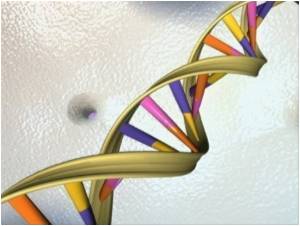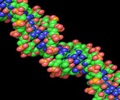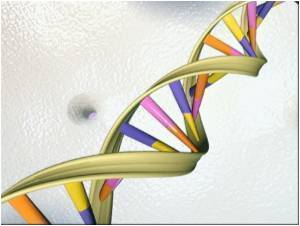
Using a combined approach of structural and molecular biology, a team of researchers led by Ming-Ming Zhou, Professor and Chair, Structural and Chemical Biology, Mount Sinai School of Medicine, determined that the molecular interactions between proteins are very different than previously thought, and that they play an essential role in the initiation of gene transcription of muscle and the heart.
Gene transcription is the first step to gene expression, a cellular process that occurs in response to physiological and environmental stimuli, and is dictated by chemical modifications of the DNA and histones, which are the proteins responsible for packaging the DNA.
Dr. Zhou's team found a new fundamental mechanism in gene transcription through a protein called DPF3b. They learned that DPF3b recognizes gene-activating chemical marks in these histones in a very different way.
DPF3b plays a critical role in the copying of genes-a crucial part of the transcription process-for muscle growth and heart development.
"This discovery opens new doors in genome biology research, and has broad implications in the field of epigenetics of human biology of health and disease," said Martin Walsh, Associate Professor, Pediatrics, and Structural and Chemical Biology at Mount Sinai who is also a co-author of the study.
Advertisement
Zhou said that bromodomains, which are housed in proteins, read off cell signals that turn on genes that determine genetic makeup.
Advertisement
The study has been published in the July 8th issue of Nature.
Source-ANI









